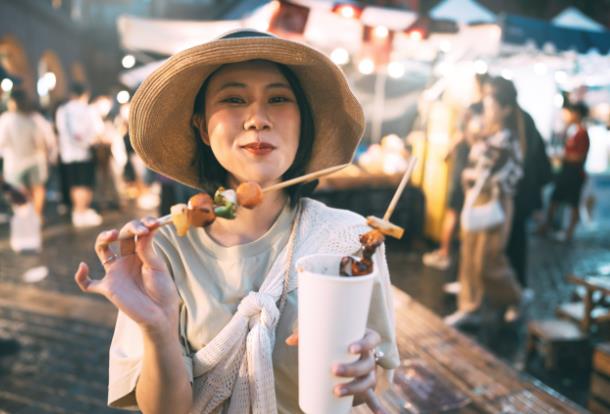The pandemic has put paid to international travel during a year without precedent in modern times, but many Chinese are ready to take to the air again, beginning with the Asia-Pacific region in 2021 and venturing to Europe and beyond in 2022.
The Chinese never lost their interest in travel, as the boom in travel in the domestic market over the past several months has made amply clear. While the pandemic is far from over, some 500 million vaccine doses have now been administered worldwide, creating a mood of cautious optimism. A world without quarantine restrictions is within reach.
The Chinese readiness to travel is highlighted in a March reader survey conducted by Vogue Business among Vogue and GQ communities in China. The survey, part of the Vogue Business Index, indicates that luxury consumers are 40 per cent more likely to travel internationally than non-luxury consumers over the next three months. Some 14 per cent of “non-luxury” respondents show a willingness to travel abroad in the second quarter of 2021, while this number rises to 17 per cent for luxury consumers.
The March survey received 3,221 responses in total, of which 706 are defined as luxury consumers, spending more than $2,500 on luxury goods in the past 12 months.
Post-pandemic travel
The year 2020 was the worst in history for international tourism, according to the World Tourism Organization, a United Nations specialised agency. The total number of international travellers dropped by one billion, sharply down 74 per cent from the previous year. In our survey, only 8 per cent of all Vogue and GQ readers said they had travelled internationally in the past six months, rising slightly to 10 per cent for luxury consumers.
In 2020, the estimated financial loss resulting from the pandemic was $1.3 trillion for the international tourism market. The absence of Chinese travellers certainly played a big role. The Chinese have been the world’s biggest travellers and travel spenders over some years: in 2019, they spent an estimated $254.6 billion.
The interest in travel abroad could surge in the second half of the year if worldwide Covid-19 conditions further stabilise. China’s neighbouring nations, such as Japan and Korea, are likely to be the first beneficiaries when the Chinese restart travelling.
“We are assuming that in the post-Golden Week period (in the last quarter of the year), you will see a return of Chinese travel within the Asia-Pacific region,” says Flavio Cereda, a luxury analyst at Jefferies. But he is cautious about Europe. “We don't think you will see any tangible return of Chinese tourism to Europe in 2021 — and probably not a lot in 2022.”
Zhang Yi, chief analyst of iiMedia Research in China, holds a much more cautious stance, saying “based on our research, local Chinese consumers who need to travel internationally are mostly for family-visit purpose, not for leisure travel. That’s why we feel the country’s outbound tourism will be sluggish in 2021.”
Vaccine passport
The pace of recovery of China’s outbound tourism will be heavily dependent on the rapid rollout of vaccination programmes.
In China itself, close to 65 million people have been vaccinated, as of 14 March. The government aims to cover 40 per cent of the population by the end of July, according to Chinese news website Jiemian. That means 560 million Chinese people will have received two shots this summer, which will require a speeding up of the current pace of vaccination.
Will the Chinese return to shopping mode?
When the world opens up and the Chinese start to travel again, it remains to be seen whether their spending habits will change dramatically. Previously, wealthy Chinese spent lavishly during their trips abroad, contributing greatly to both full-price and off-price sales for luxury brands.
But the March Vogue Business survey is promising for the luxury fashion sector. It indicates that luxury shopping is likely to remain a high-priority activity for Chinese travellers. A third of Chinese consumers who have made a luxury fashion purchase in the past six months are waiting for international travel to return to make the most of their luxury fashion purchases.
For further signs for optimism, look no further than the figures for consumer travel spending in Hainan, which has emerged as one of China’s hottest travel destinations since Covid. In January, Hainan reported a remarkable 144 per cent year-on-year increase in offshore duty-free sales to reach $586 million, according to the Hainan International Media Center. The example of Hainan suggests that travel and shopping will continue to be inseparable for most Chinese travellers.
Europe will need to be patient, but Asia-Pacific is looking good. “The slight uptick in the percentage of Chinese spend abroad certainly initially and for the next couple of years will be predominantly in other Asian countries,” Jefferies’ Flavio Cereda says.
Read original article




